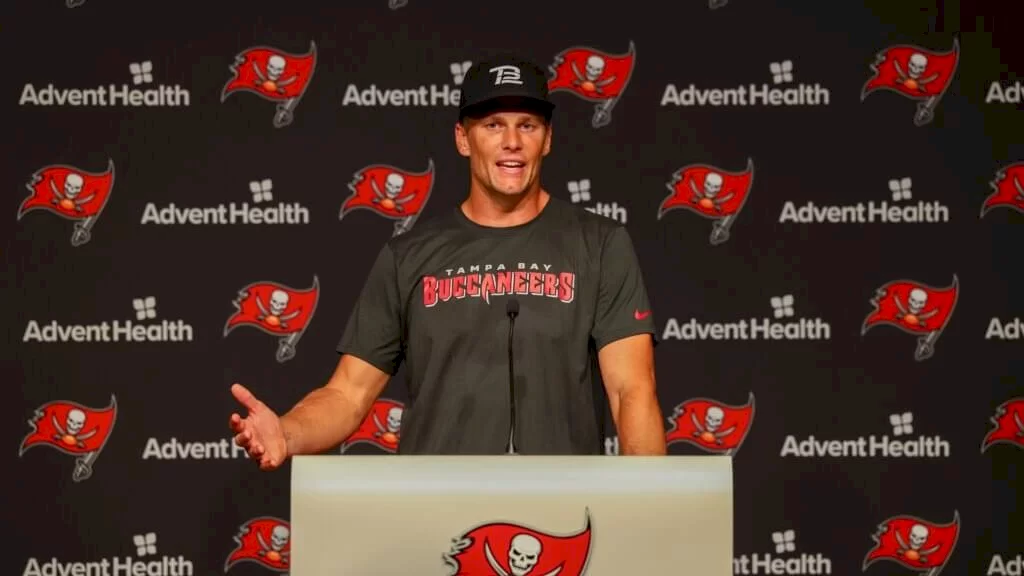Tom Brady Retirement: Other NFL Legends Who Had A Change Of Heart
Back in June, an unnamed sports memorabilia collector paid more than $500,000 at auction for the football with which Tom Brady threw his last ever touchdown pass. Less than 24 hours later, Brady announced his “unretirement” and simultaneously decimated the value of the poor guy’s investment.
40 days in the wilderness
It was one of the more bizarre consequences of what had been one of the more bizarre periods in NFL history. Brady announced his retirement on February 1, prompting an outpouring of tributes from the sporting world to honor the greatest quarterback of all time. The retirement lasted a biblical 40 days and 40 nights, whereupon he announced he had changed his mind and would be back in the pocket for the Bucs when the new season comes around.
It is not just memorabilia collectors who felt the financial impact of Brady’s decision – or rather, his indecision. Any brave soul who bet on Tampa Bay to win Super Bowl LVII during Brady’s brief retirement would have got odds of 25-1. When he “unretired,” a look at the sports betting on sites like Caesars sportsbook or PointsBet showed those odds cut to 7-1.
Brady’s short retirement has been one of the most sensational stories of 2022. But was it the right call? Tom Brady is not the first footballer to come out of retirement. Let’s take a look at how it has worked out for three big names who went before him.
Randy Moss
Moss, born only six months before Tom Brady, enjoyed 13 mostly successful years in the NFL. In fact, he was acknowledged as one of the greatest wide receivers of his era. In August 2011, Moss decided to call time on his career. But the following year he came out of retirement for a year with San Francisco.
It led to a second Super Bowl appearance, however only three touchdown receptions in the entire season demonstrated that this would be a minor postscript to a great career.
Brett Favre
Serial retiree Favre held most of the QB records in the book until Tom Brady came along. Favre wept at a press conference in March 2008 when he announced his retirement after 16 years with the Packers. Four months later, there were talks of a comeback, and in August, Favre was traded to the Jets.
Despite a promising start to the season, it was not a happy relationship, and Favre once again announced his retirement in February. Six months later, and weeks short of his 40th birthday, he unretired again and spent the next two years with the Vikings, adding to his legacy but also to his growing list of concussion injuries. Favre finally retired for good in January 2011.
Deion Sanders
Prime Time was undoubtedly one of the defining stars of the 1990s, acquiring his legendary status in five successful seasons with the Falcons before spells at San Francisco, Dallas, and Washington. He was only 33 when he retired, but was convinced to make a comeback four years later with the Ravens, sporting the number 37 on his shirt in acknowledgment of his advancing years.
He remained for two seasons, adding his ninth career interception return touchdown, which took him into joint second place in the NFL record books. The comeback was otherwise unremarkable, and Sanders hung up his boots for good in January 2006.



